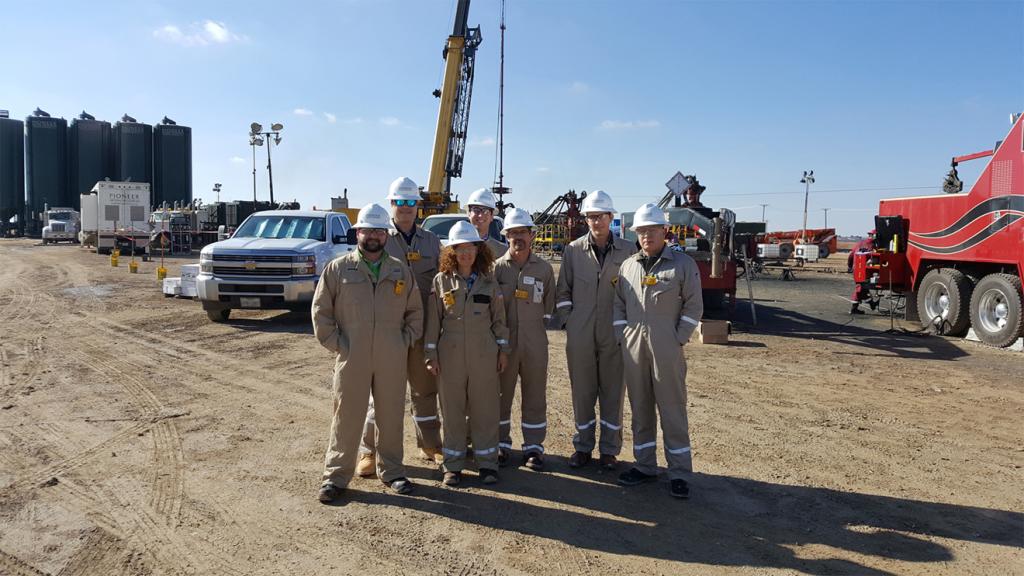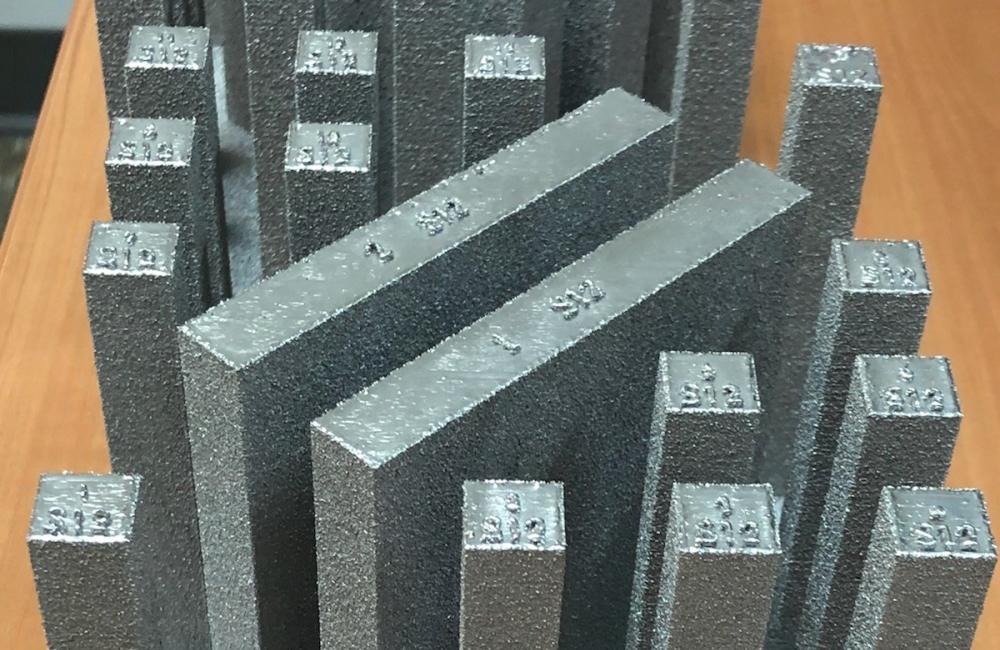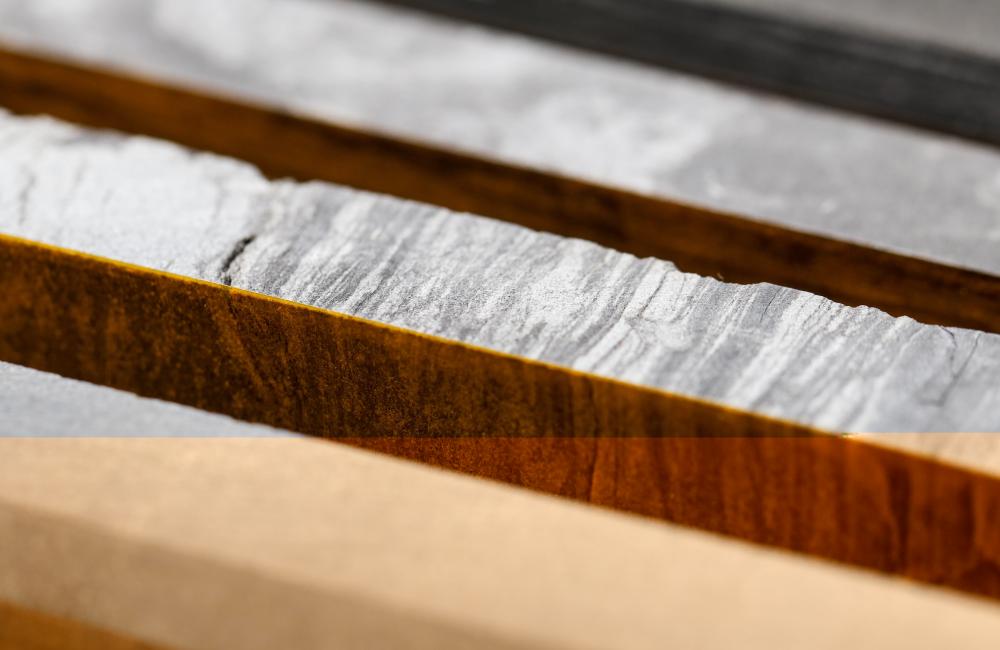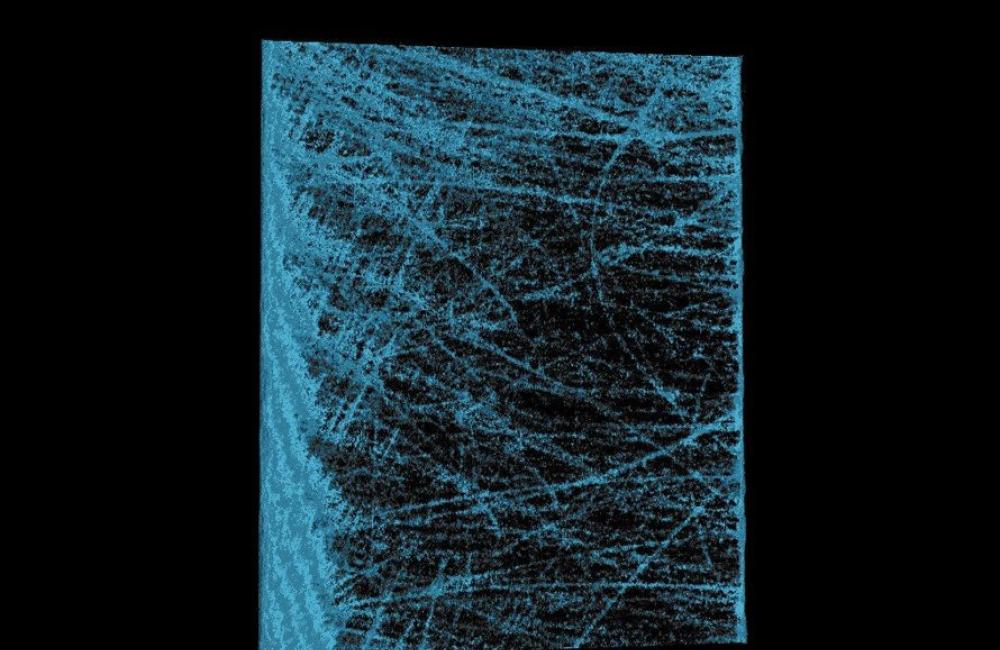Focus Areas
Materials for Extreme Environments
New alloys, coatings and manufacturing methods for more efficient, safer, and long-lived power plant operations.
Carbon Capture, Use and Storage
New technologies for carbon capture, including superior packed-column designs, new separations membranes and catalysts for CO2 conversion.
Subsurface Science, Technology and Engineering
Modeling and simulation of the subsurface environment, advanced materials and sensors for wellbores, analysis of pore-fluid interactions for better oil and gas recovery and carbon storage.
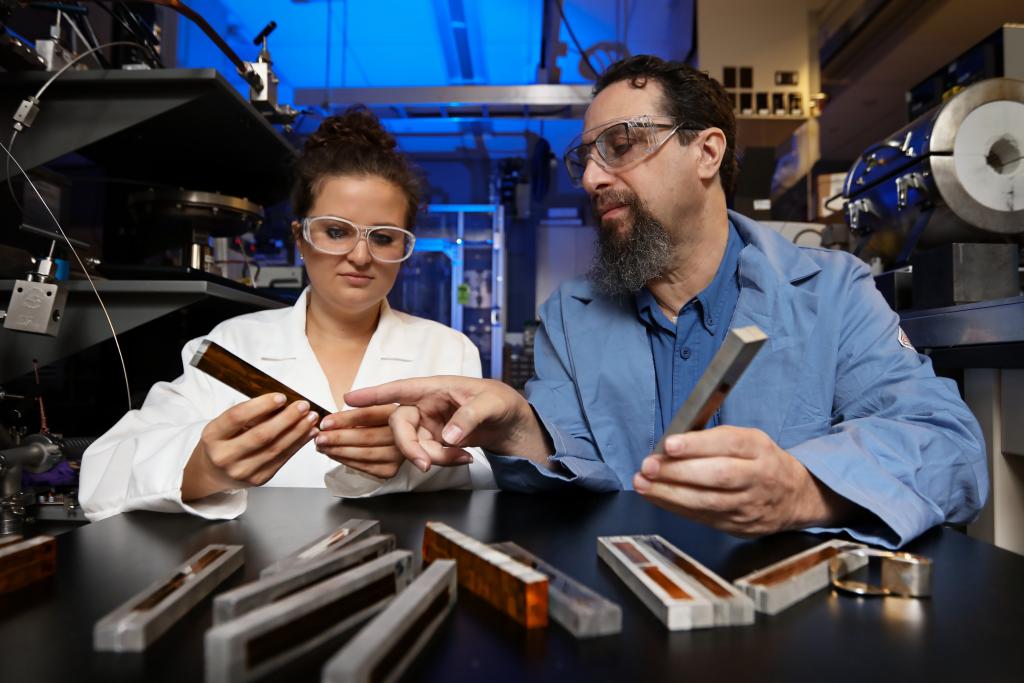
High-performance computing—The world’s fastest, most artificial intelligence–capable supercomputer, modeling power generation and the subsurface environment.
Neutron science—Two of the most powerful neutron science facilities in the world, providing a nondestructive, atom-level view of materials and processes.
Center for Nanophase Materials Sciences—Nanomaterials synthesis, nanofabrication, imaging, microscopy, and modeling for materials characterization.
Manufacturing Demonstration Facility—Development of new manufacturing technologies to reduce the cost of materials for carbon capture and storage, modular power generation, coal gasification, and coal-to-products innovations.
Extreme Environment Evaluation and Testing—ORNL’s large fleet of unique high-temperature corrosion, fatigue, and creep test equipment.
Chemical and Molecular Science, Engineering—Applying fundamental research to separations, sequestration, and power generation processes.
Model-Based Iterative Reconstruction—Novel algorithms to enhance subsurface imaging and modeling for improved reservoir characterization, better drilling and well completion techniques, and advancements in carbon storage.


